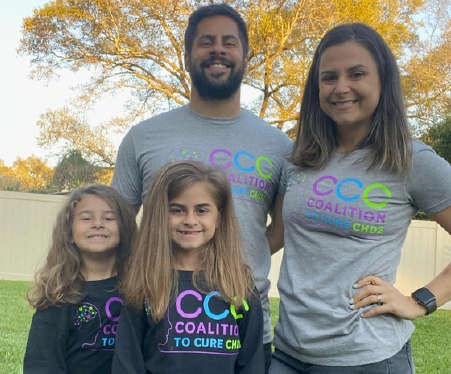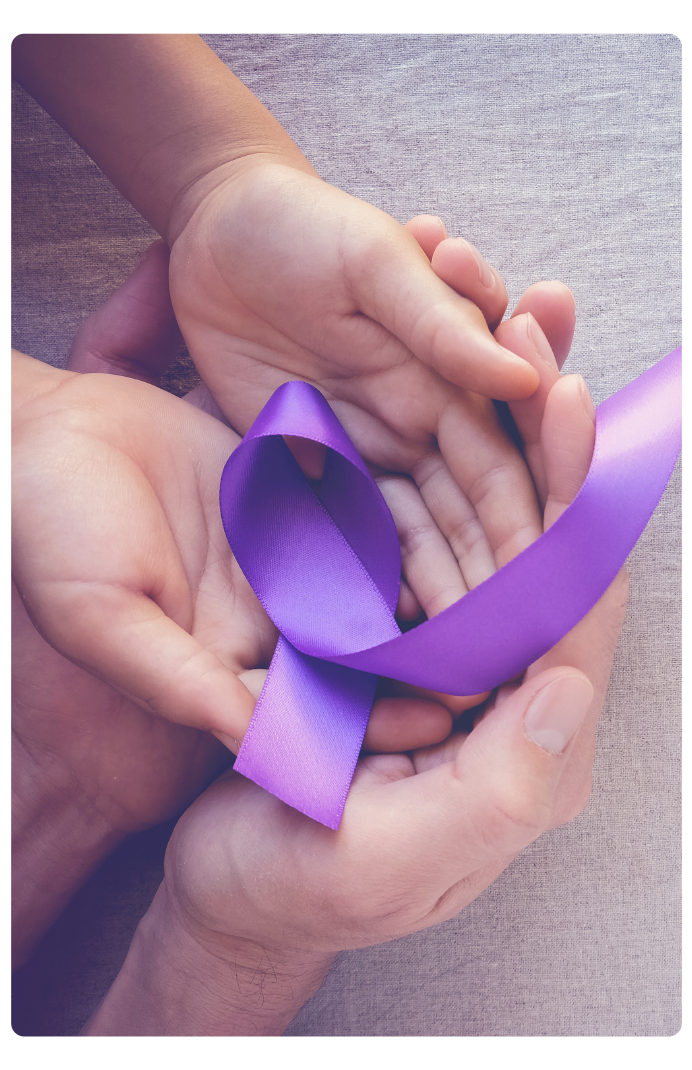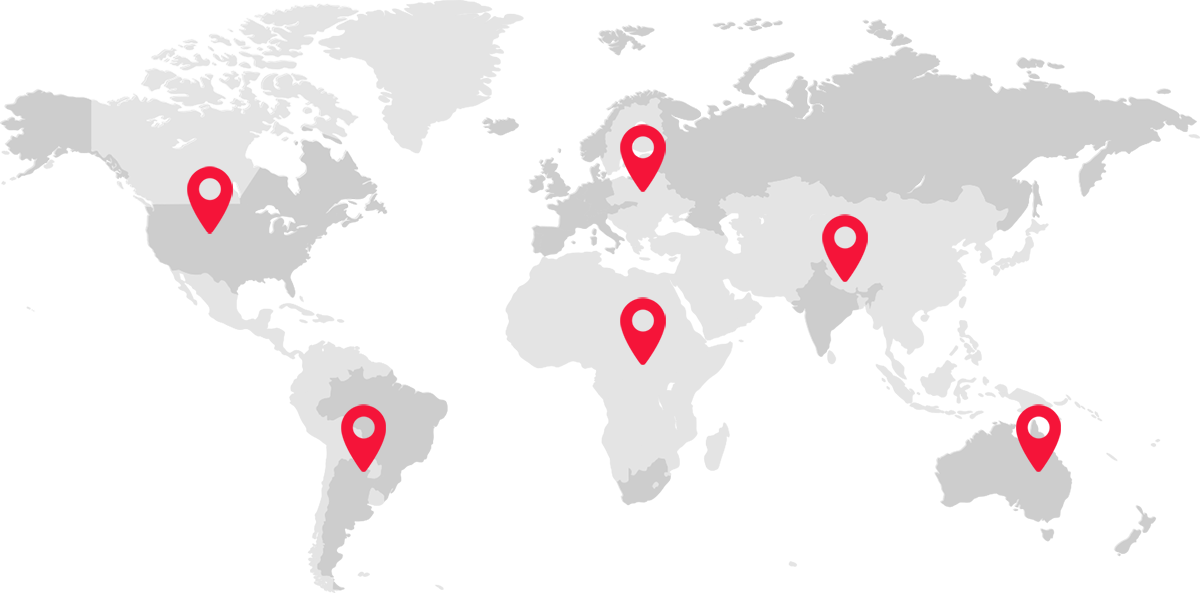How Common is CHD2?
Research
Community Needs Assessment, Spring 2024
In late March 2024, the Coalition to Cure CHD2 reached out to CHD2 families to fill out a community needs survey. We received 140 responses from 22 countries and 26 states in the US.

Support Group
Support group for parents, caregivers, family members of children/youth/adults who are affected by a mutation/ deletion of the CHD2 gene.
Getting Tested
How to Get Diagnosed
Getting diagnosed for CHD2 typically involves a combination of genetic testing, a review of medical history, a physical examination, a neurological examination, imaging studies and EEGs to support the diagnosis and understand the effects of the mutation. A blood sample is taken for genetic analysis to confirm the presence of a CHD2 mutation. It is important to note that the diagnosis can only be confirmed through genetic testing.
A pathogenic variant in the CHD2 gene is identified by genetic testing.
Raising Awareness
Register Your Loved One
CHD2-related disorders are rare but likely significantly under-diagnosed.
Register your case to help CCC better understand the number of cases and to help identify future clinical trial sites.


Research
Ongoing Studies
A number of researchers and pharmaceutical companies are either currently working on, or are considering working on or investing in, the development of drugs or precision therapies that may improve the lives of those living with CHD2, or that may even lead to a cure for this disorder.
Facts About CHD2
How Common is CHD2?
How Is CHD2 Diagnosed?
Types of Seizures and Epilepsies Associated With CHD2
Common Non-Seizure Symptoms seen in CHD2